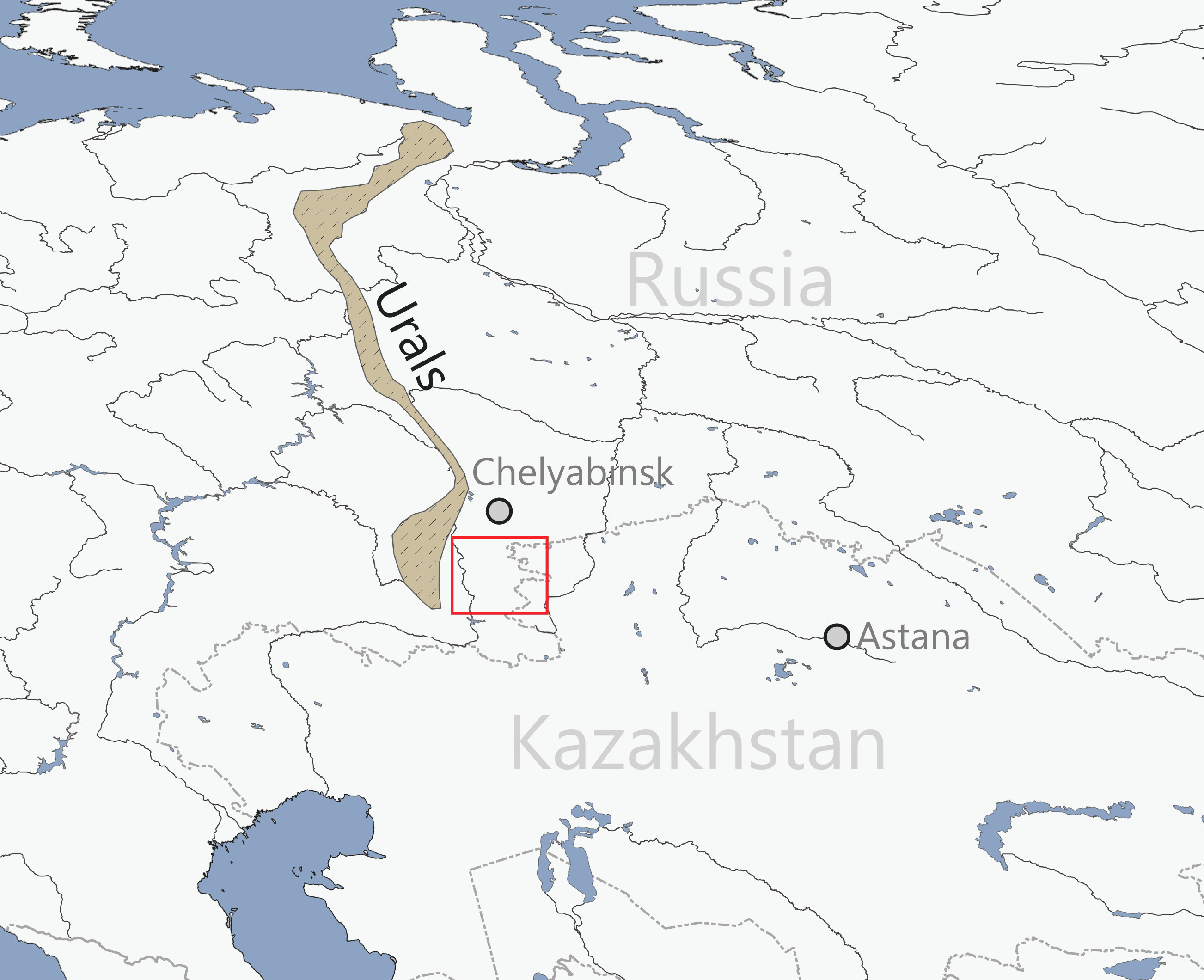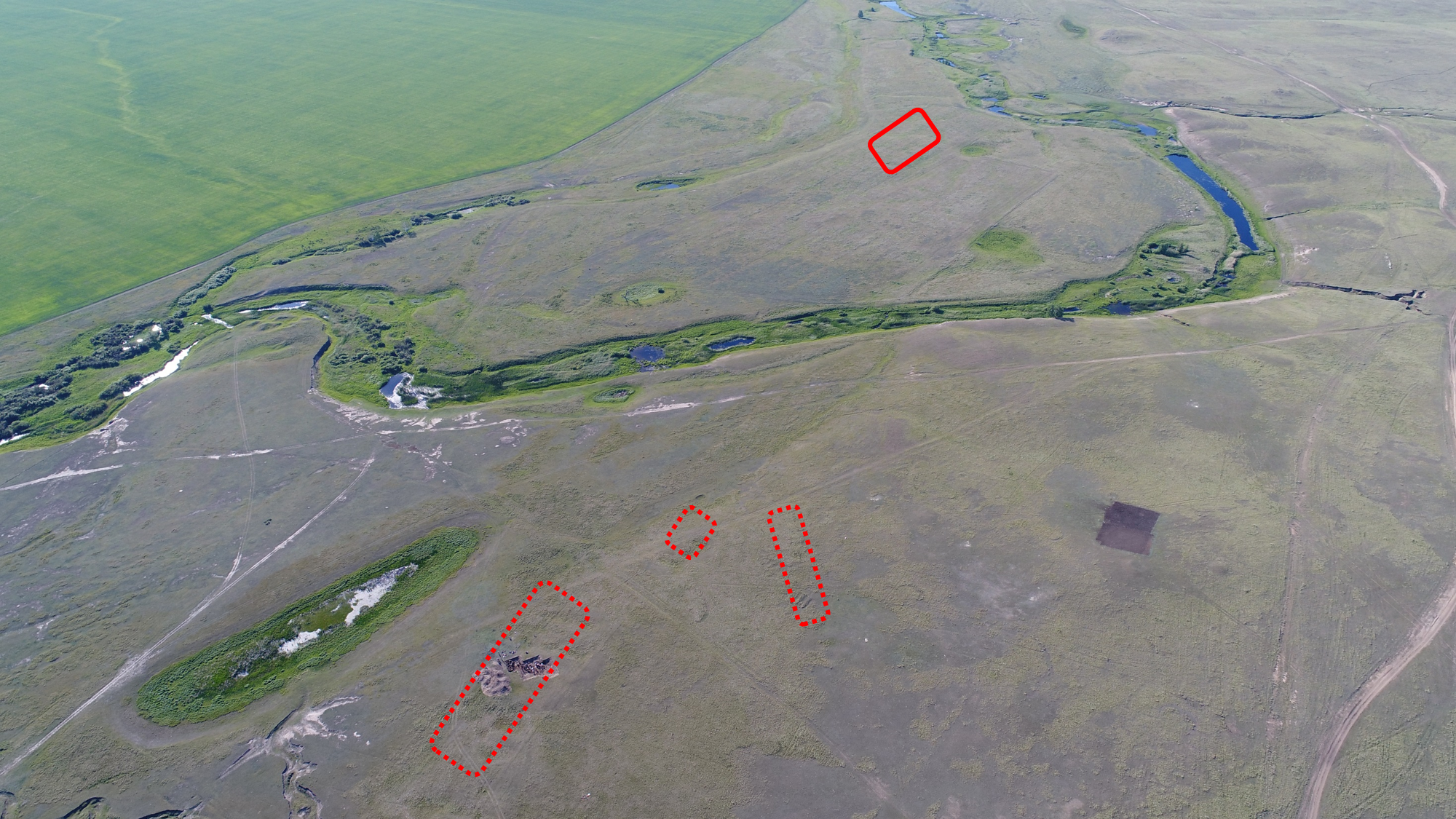Palaeoecological investigations on the Bronze and Iron Ages in the settlement area Konoplyanka in the southern Trans-Urals (Russia)
since 2021
As part of the interdisciplinary package proposal with archaeology and genetics, the archaeobotanical-geoarchaeological sub-project focuses on the Konoplyanka settlement area in the southern Trans-Urals, aiming at the reconstruction of environmental changes as reflected by physiographic factors such as climate and vegetation. The research deals with the spread of agricultural practices, the possible adaptation of cultivated plants and the influence of climate on settlement patterns and ways of life.
The focus does not only lie on the regional and site-specific reconstruction of environmental factors, but also on the development of the riverine landscape in the surroundings of Konoplyanka, which is to be investigated with the help of various geoarchaeological methods in combination with archaeobotanical micro- and macro-remains analyses. Archaeozoological and isotopic studies are also carried out together with international partners.
The diachronic view of the relatively narrowly defined micro-region around Konoplyanka will lead to a better understanding of the ecological and socio-economic evolution of the steppe region in the Bronze Age by using various methodological approaches and due to the excellent sample material.
 |
| Location of study area |
 |
| Karagaili Ayat north of Konoplyanka with Bronze Age fortified settlement Konoplyanka-1 and archives for palynological investigations |



